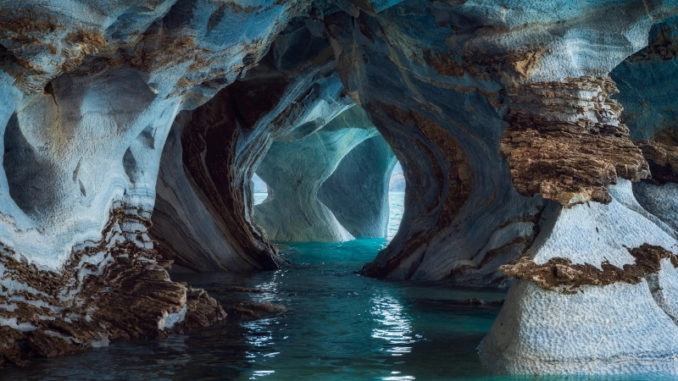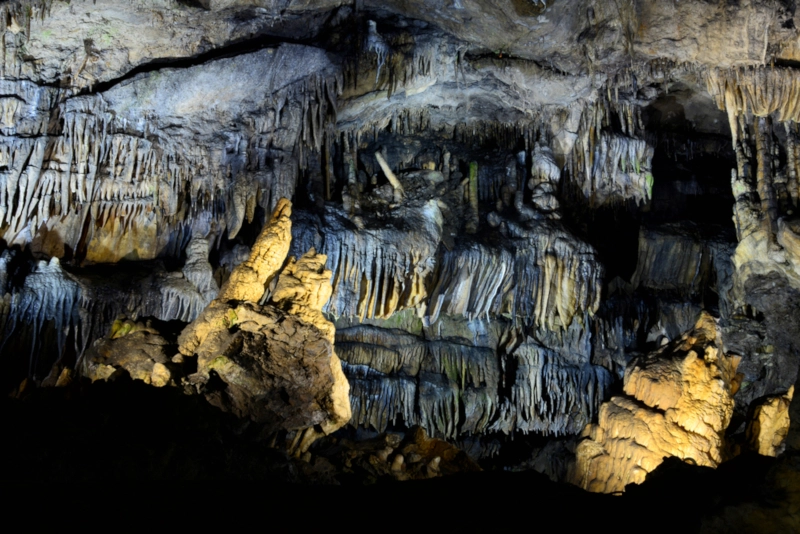
How are caves and caverns formed?


Captivating, fascinating or sometimes frightening, the caves fascinate amateurs as much as scientists for their beauty, their mysteries and the inhabitants they shelter.
Caves and caverns form slowly over time through the progressive decomposition of rock, usually under the action of water.
During its passage, water seeps into the cracks in the ground and carries with it microscopic quantities of rock. Small quantities in small quantities, the rock gradually digs to form a larger and larger cavity. This phenomenon is called: erosion.

Gradual degradation of the rock under the action of water or wind
It is the flow of rainwater on a slope
Water generally comes from rains or springs present on hills or mountains. Carbon dioxide in the air dissolves in water and makes it more acidic. When this water penetrates the soil, it dissolves the limestone that makes up the rock.

As time goes by, the water finds its way into the ground to create lower caves, while the water continues to circulate to join the rivers and then the sea. The water will abandon these first passages to gain other lower paths just dug. Which leads to the formation of dry caves.
Some rocks will decompose faster than others. For example, soils rich in limestone will degrade faster.
To form caves, you need water and limestone.
Research by Dr Sarafian shows that water has been present on Earth since birth. Thanks to the study of the oldest meteorites, they proved that at its birth, the Earth was a big hot and humid ball. But at that time, the earth’s crust was still very hot, so that the water was constantly evaporating.
To form caves, it was necessary to wait for the Earth to cool and for the rock to harden. The oldest caves in the world are the Jenolan Caves located west of Sydney, Australia. Its creation dates back around 340 million years.


Today, the water in the caves comes from springs or the percolation of rainwater. This water continues its way in the various fractures of the rock to reach the water table or other rivers.


If the caves are not equipped for tourist visits, these can be dangerous, because the risks are many. Falling rocks, slipping on stones or falling into holes, cold, possible flooding in the event of rain or physical fatigue are all elements.
It is the job of speleologists to secure the caves before allowing tourists to visit them.

It is a compound capable of losing its hydrogen atom and presenting pungent flavor
It means the penetration of water into the soil.
It is a groundwater table produced by surface water
Copyright © 2023 | CurioKids.net - All rights reserved